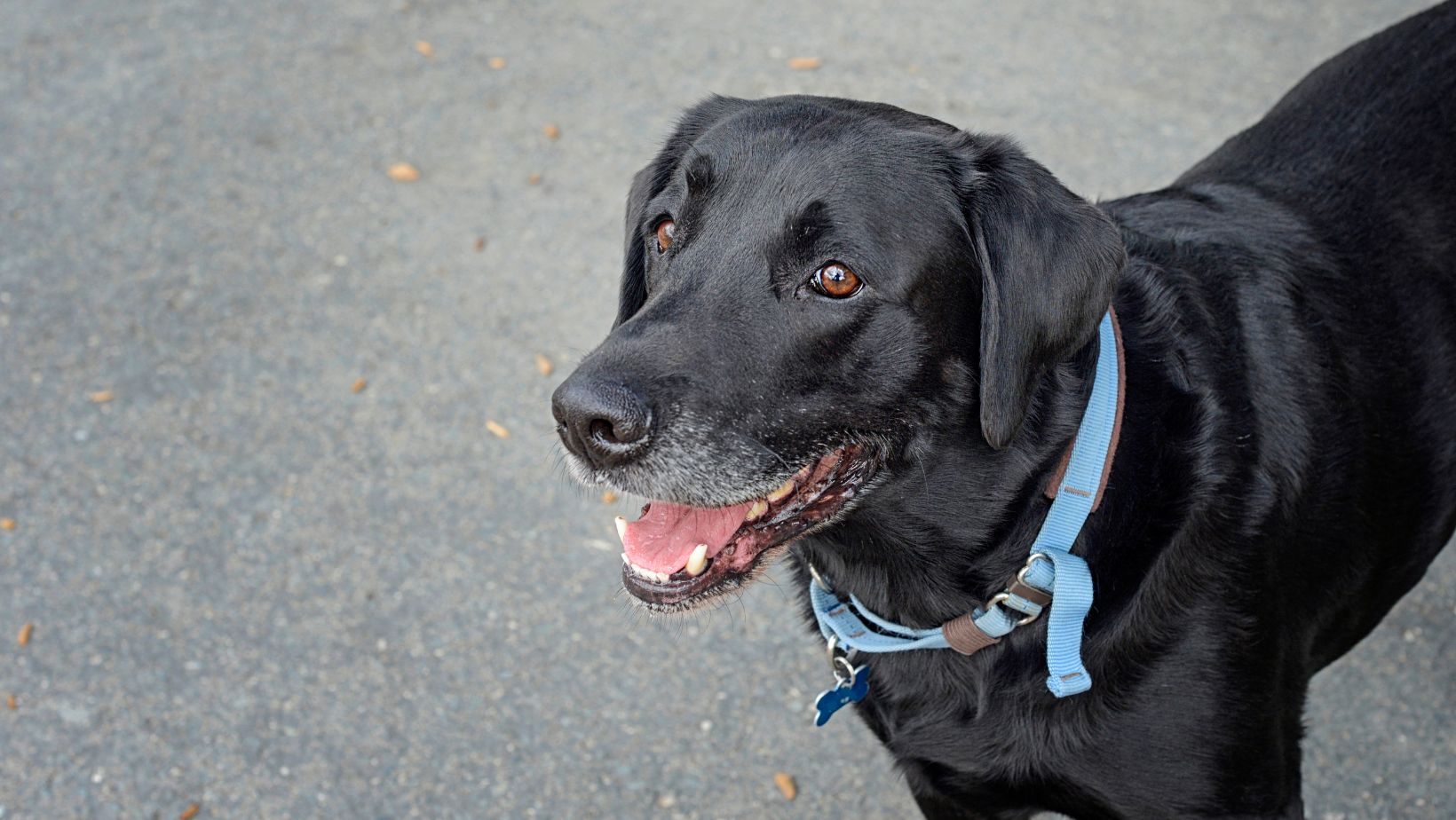How to Get My Puppy to Walk on a Leash
Are you struggling to get your Labrador puppy to walk on a leash? Don’t worry, I’ve got you covered! Walking on a leash is an important skill for every dog to learn, and with the right approach and patience, you can teach your furry friend to enjoy their walks while staying by your side.
Firstly, it’s essential to start training your Labrador puppy at an early age. Puppies are more receptive to learning new behaviours during their formative months. Begin by introducing the leash gradually, allowing them time to get used to the sensation of wearing it before attempting any walking exercises.
To get your Labrador comfortable with the leash, try attaching it while they’re engaged in enjoyable activities such as playtime or mealtime. This positive association will help them associate the leash with pleasant experiences rather than feeling restricted or anxious.
Next, begin practising short walks in a familiar and safe environment. Choose a quiet area free from distractions where you can focus on teaching your pup proper leash manners. Start by enticing them forward with treats or toys and rewarding them for taking even just a few steps beside you. Gradually increase the distance over time as they become more confident and accustomed to walking on a leash.
Remember, consistency and positive reinforcement are key when training your Labrador puppy to walk on a leash. Celebrate small victories along the way and be patient – every dog learns at their own pace. With dedication and gentle guidance, soon enough you’ll be enjoying leisurely strolls together!
Teaching Your Puppy to Accept the Leash
Once your Labrador is comfortable wearing their collar, it’s time to introduce them to the leash. Begin by attaching a lightweight and non-retractable leash to their collar while indoors or in an enclosed area where distractions are minimal.
Allow your puppy some freedom of movement while holding onto the leash loosely but ensuring there’s no tension between you two. This step helps them associate the leash with positive experiences and freedom rather than feeling restricted or confined.
As your puppy becomes more comfortable with the leash, gradually increase the duration of these indoor sessions. Once they’re confidently walking alongside you indoors, it’s time to venture outside for short walks in a quiet and familiar environment.
Remember to keep each training session short and enjoyable, ending on a positive note. Over time, your Labrador will become accustomed to both wearing their collar and walking on a leash, paving the way for many happy adventures together. Start with Short Walks in Familiar Surroundings
When it comes to getting your puppy to walk on a leash, starting with short walks in familiar surroundings is key. This helps them become comfortable and gradually build confidence before venturing out into new environments. Here are a few tips to make this process smoother:
- Choose the Right Leash: Opt for a lightweight leash that is suitable for your puppy’s size and breed. A standard flat leash works well for most puppies, but if you have a larger breed like a Labrador, consider using a sturdy, adjustable harness to distribute the pressure evenly.
- Create Positive Associations: Before heading out on your first walk, introduce the leash as something positive. Let your puppy sniff and explore it while offering treats or praise. This helps them associate the leash with pleasant experiences.
- Start Indoors: Begin by attaching the leash to your puppy’s collar indoors where they feel safe and relaxed. Allow them to move around freely while holding onto the end of the leash loosely. Gradually increase their comfort level by encouraging them to follow you around the house.
- Practice in Enclosed Spaces: Once your puppy is comfortable walking indoors, gradually transition to enclosed outdoor spaces such as a fenced yard or quiet park nearby. These familiar surroundings provide a controlled environment where distractions are minimal.
- Keep Walks Short and Fun: During these initial outings, keep the walks short and enjoyable for both you and your pup. Aim for 10-15 minutes at first and gradually increase the duration as they become more accustomed to walking on a leash.
Remember, patience is key when teaching any new skill to your furry friend! Celebrate small victories along the way and always reward good behaviour during walks with treats or verbal praise.
By starting with short walks in familiar surroundings, you can help ease your Labrador (or any other breed) into walking on a leash comfortably while strengthening your bond together.
